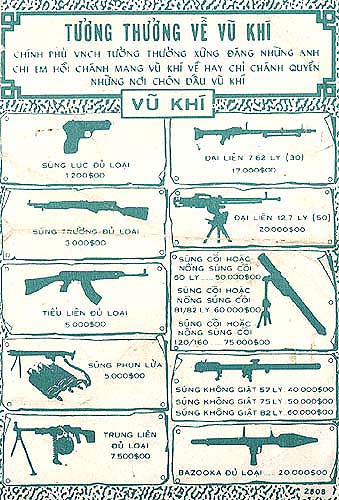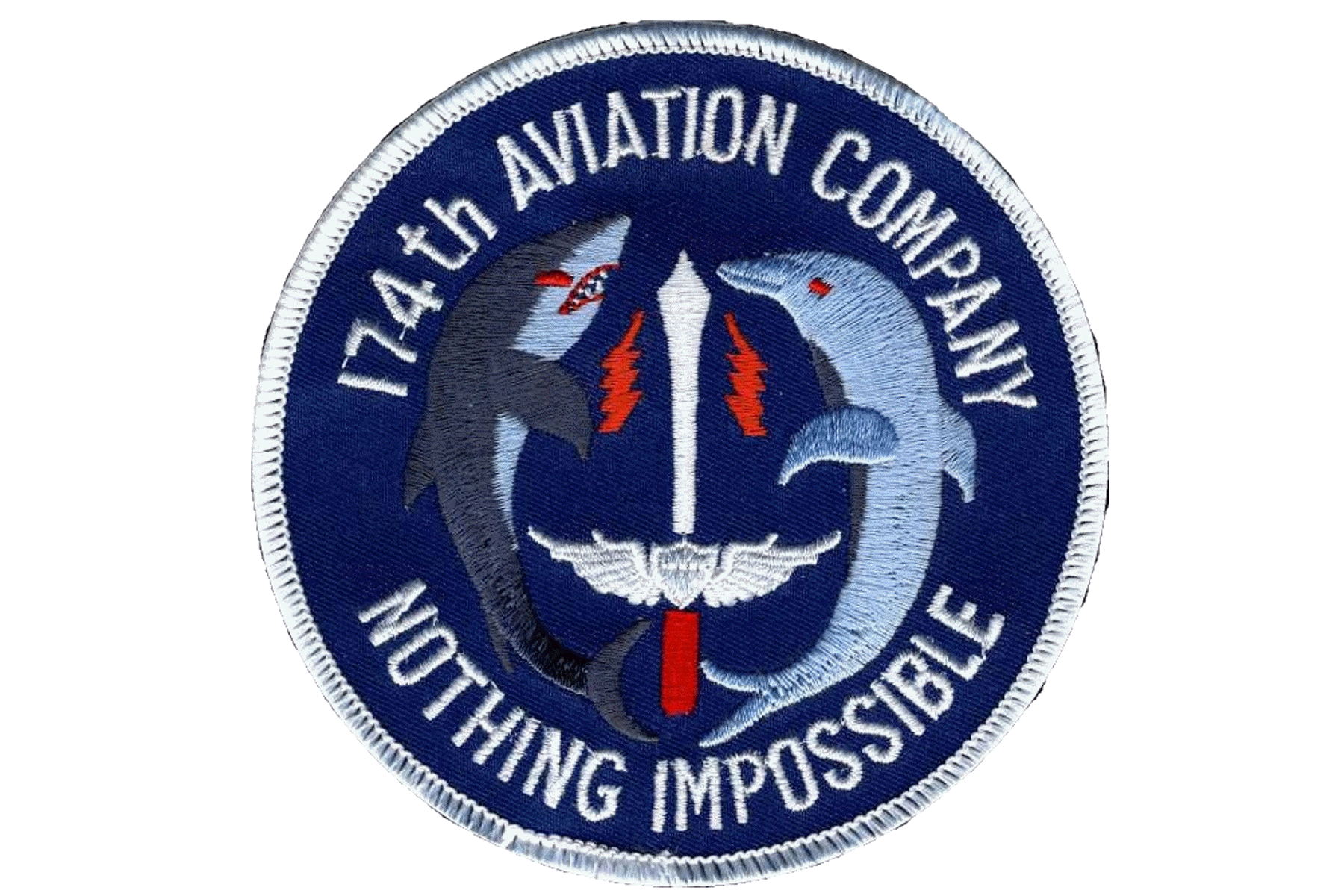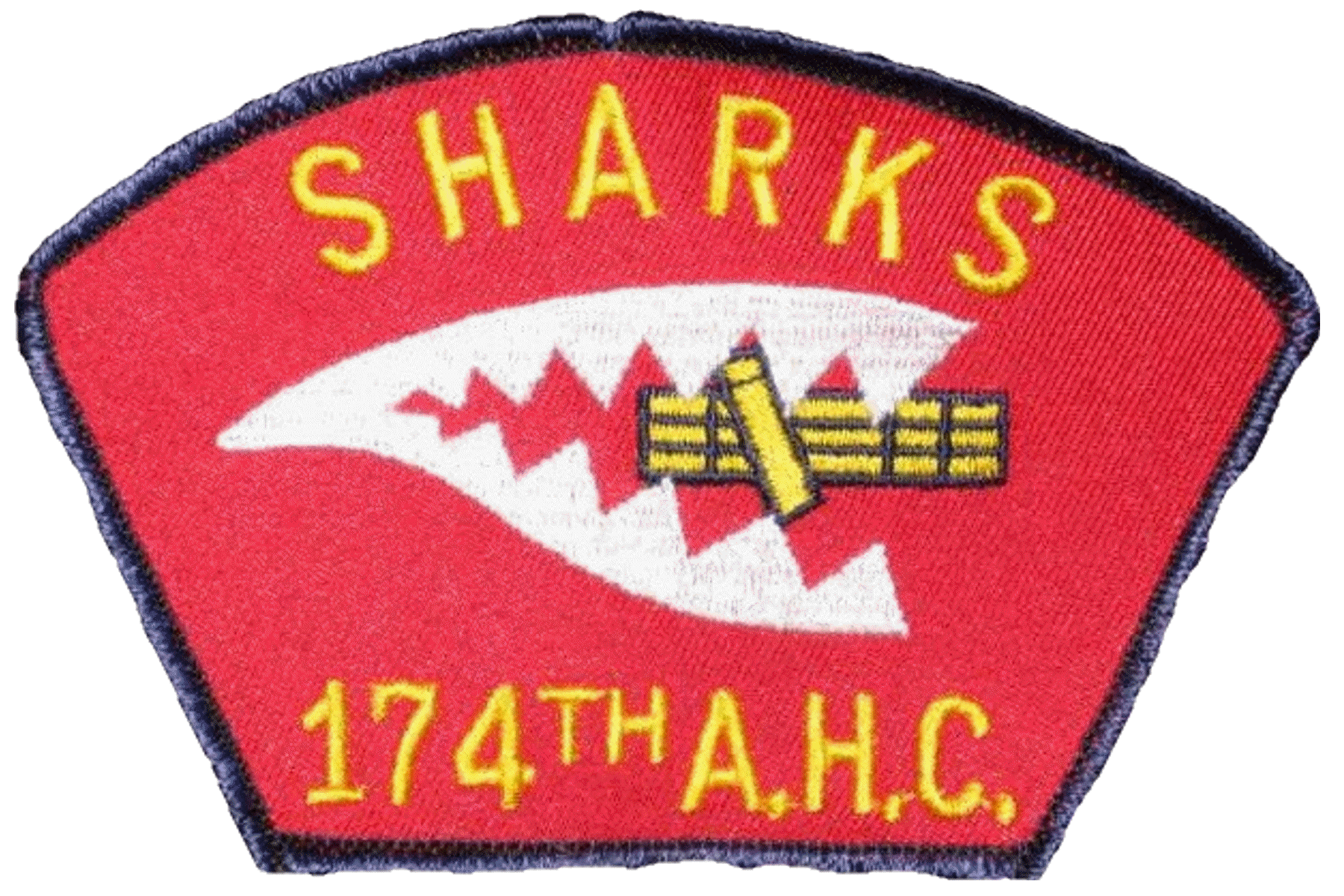STARS & STRIPES
18 July 1969
Army Paying Big Rewards To Keep Arms From Enemy
By Spec. 5 Bill Gibbons
S&S Staff Correspondent
CHU LAI, Vietnam. The U.S. Army is paying large sums
of money to buy back weapons, many of them American
made, that have fallen into neutral civilian and
Communist hands, according to officers in charge of such
programs in the central highlands of Vietnam.
"We are better off paying the price to them than
letting the Viet Cong or the NVA give it back to us the
hard way," said Lt. Col. David T. Thoreson. The 4th Inf.
Div. paid out more than $1,800 in May for loose weapons
under the voluntary informant program (VIP), Thoreson
said. Meanwhile, the Americal Div. at Chu Lai pays out
about $6,700 for weapons each month according to their
civic action officer, Lt. Col. Albert J. Dombrowsky Jr.
American weapons account for a sizable portion of these
payments.
Scattered reports claimed some of the weapons had been
issued to Vietnamese Regional and Popular Forces (RF and
PF). Then the RF/PFs reportedly turned over the weapons
to their families and friends, who in turn, sold the
weapons back to the U.S. Army.
"Some grenades have come back to us that were
apparently issued to RF/PFs. These grenades are
identifiable because of distinctive wear marks on parts
of the outer casing," Dombrowsky said: "But they could
have been dropped during a firefight or mislaid while a
patrol was taking a break."
Thoreson also agreed the RF/PFs could be turning in
weapons and munitions for money, but not on a large
scale.
"There are people getting rich off the voluntary
informant program," Thoreson admitted, but most of them,
he thought, were "treasure hunters" who searched areas
with a heavy volume of American artillery fire. When
they found dud rounds they reported the location to
American forces and claimed their reward.
One enterprising North Vietnamese soldier, however,
built himself a nice nest egg when he surrendered to 4th
Div. unit several months ago. He led the Americans back
to a large cache of arms and got a 2 million piaster
reward (1.5 million of which he reportedly donated to an
ARVN widows and orphans fund). This cache was unusual
since it consisted almost completely of arms made in
Communist countries.
The highest rewards are paid for arms that only
Americans and the allies use. A 105mm artillery round,
for example, will bring 20,000 piasters, compared to 500
piasters for a mine, booby trap, or grenade. A rifle or
machine gun bullet is worth only five piasters. But
every item brought in is paid for. As Thoreson said,
it's easier than taking it back the hard way.
|
 Click here
Click here  to write us at the website
to write us at the website 

![]() Return to top of: 1970 History Page.
Return to top of: 1970 History Page.![]() Return to top of: Home Page.
Return to top of: Home Page.
